What a banal way of describing the march toward fascism.
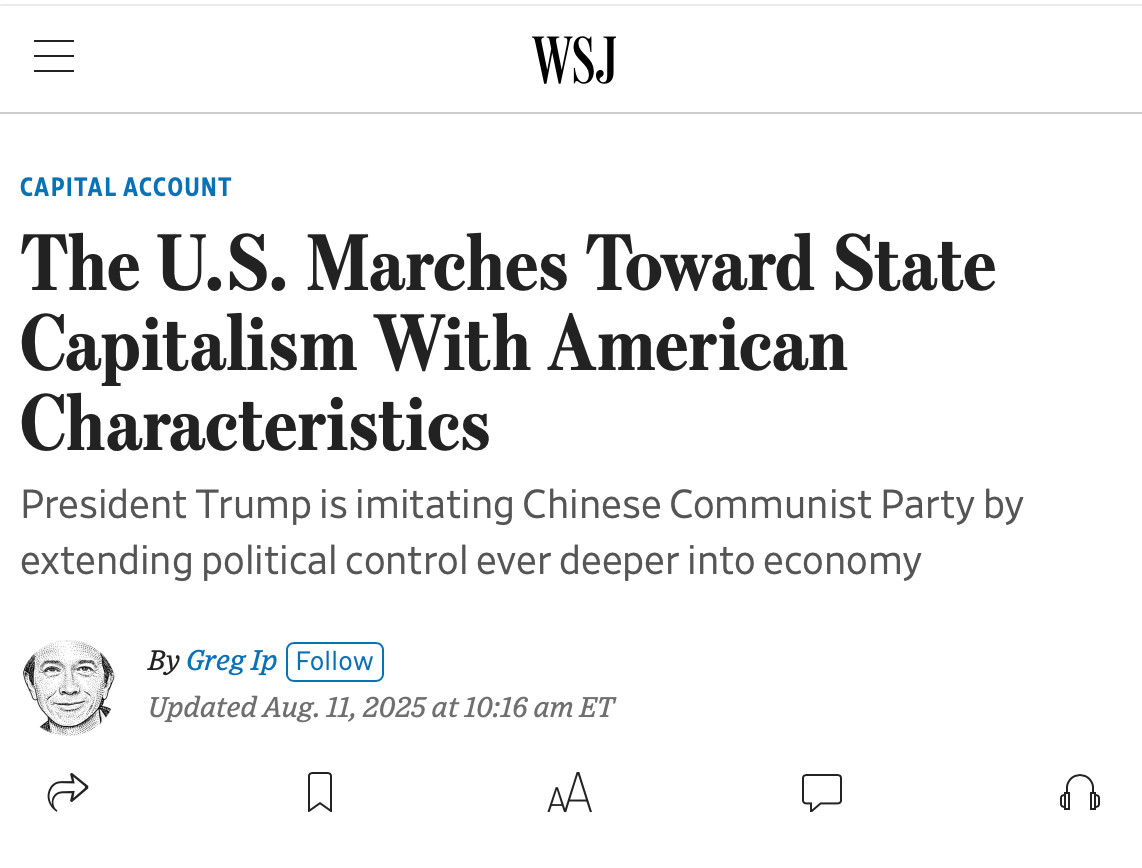
What a banal way of describing the march toward fascism.

Pathetic
Fascist Capitalism == Corporatism
If he was imitating the Chinese economy then we'd all have homes and jobs and enough money to live on and afford groceries and healthcare. I'd love us to imitate them on that front.
#PedoPOTUS #ImpeachTheFelon
Boy you got that absolutely right Mr elias. Wall Street journal showing their fascist propaganda because that's exactly what a fascist propaganda newspaper would put out
As an observer from abroad may I please point out that you're not 'approaching' fascism. Your secret police snatching non-whites off the street and filling concentration camps should be evidence enough that it's all around you. Current American fascism is what's keeping tourists away.
WSJ = Murdoch = Gaslighting
The march is more of a goose step.
I think they fired everybody and let AI take over. Weird read.
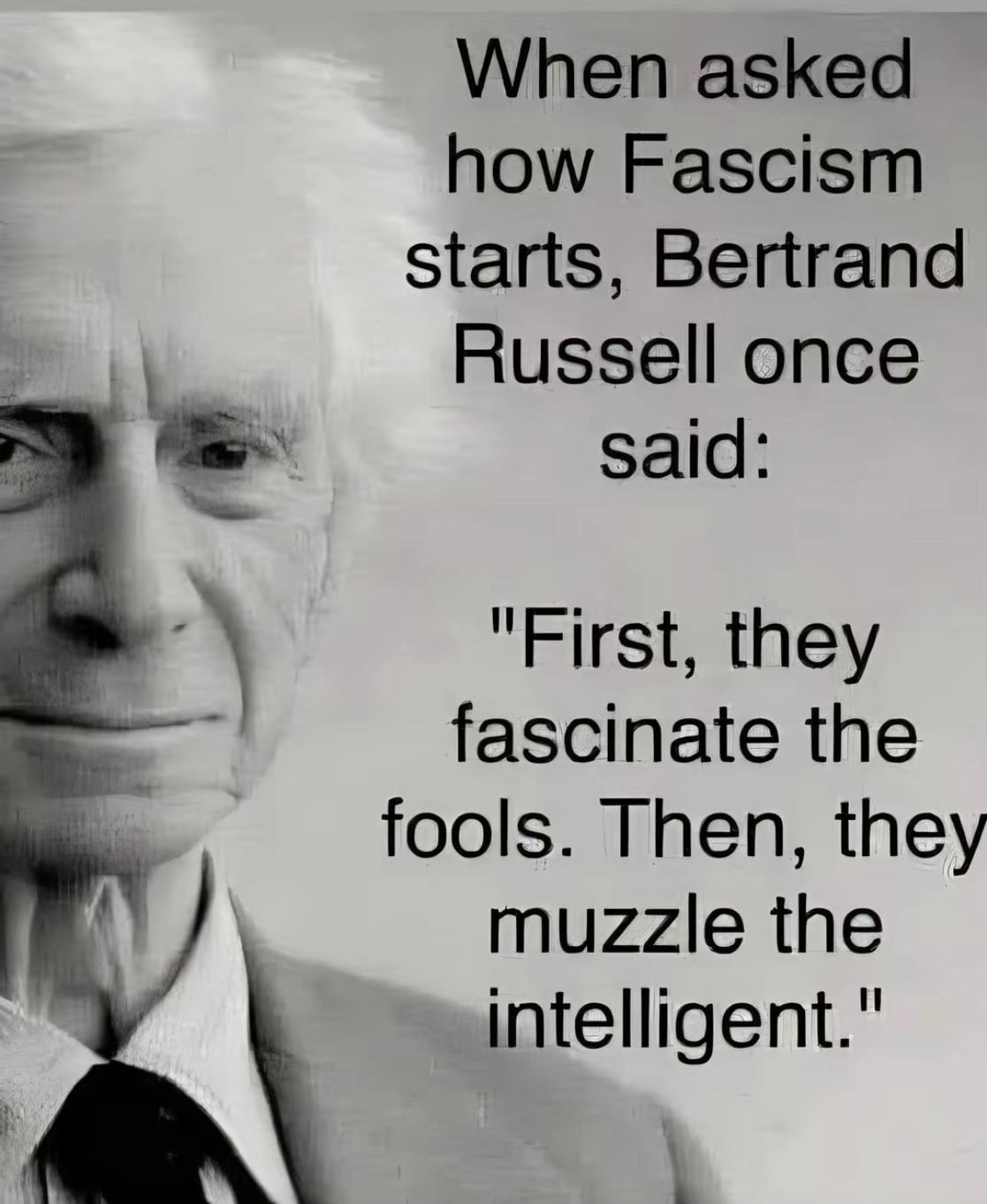
I don't actually think it's banal at all, though I've studied a lot of Chinese history.
Communism with Chinese Characteristics was a long-standing line of propaganda. The reference is made explicit. It's really quite damning, especially coming from WSJ.
Bro needs to brush up on his American history regarding "relocation centers." www.neh.gov/article/less...
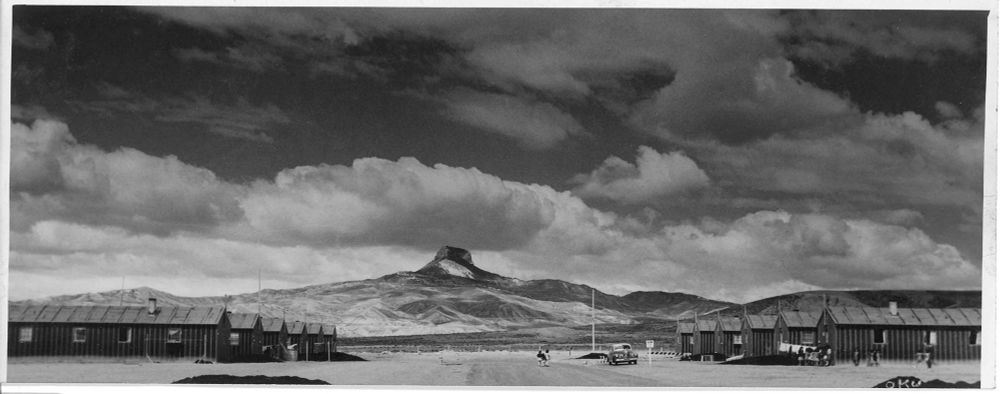
Heart Mountain sees itself as a reminder. Newlin says, “Democracy is fragile. . . . We need to be reminded that when something scary happens we need to make sure we’re not reacting in ways that harm p...
The entire premise of this argument is false. In China 50% of the country is run by the central committee including the taxation of corporations. The other 50% is a free-market capitalist system focused on corporate profit. This provides tons of infrastructure, free healthcare, free college, etc 1/2
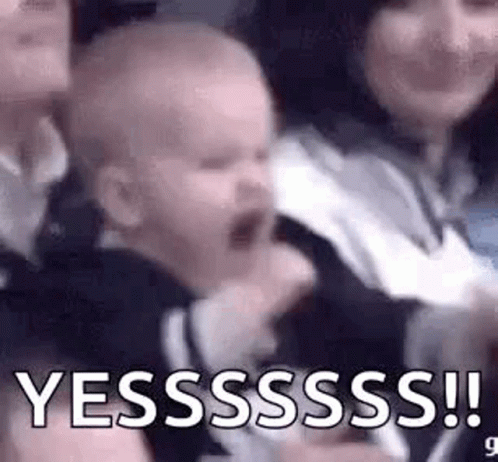
State capitalism? Why not just call it fascism? Too forward? Can't sell it? youtu.be/dK__tC-HRMU
The morons will applaud it and think they are speaking of our monetary designation and not in fact an obscure method of describing fascism.
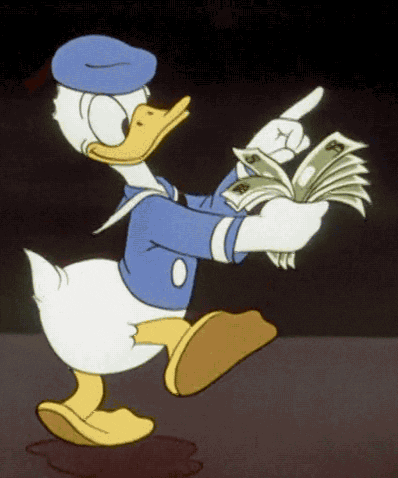
His political control will collapse with his economy. The WSJ trying to play both sides.
Right!
Here's a WaPo gem that seems like it was written by Stephen Miller:
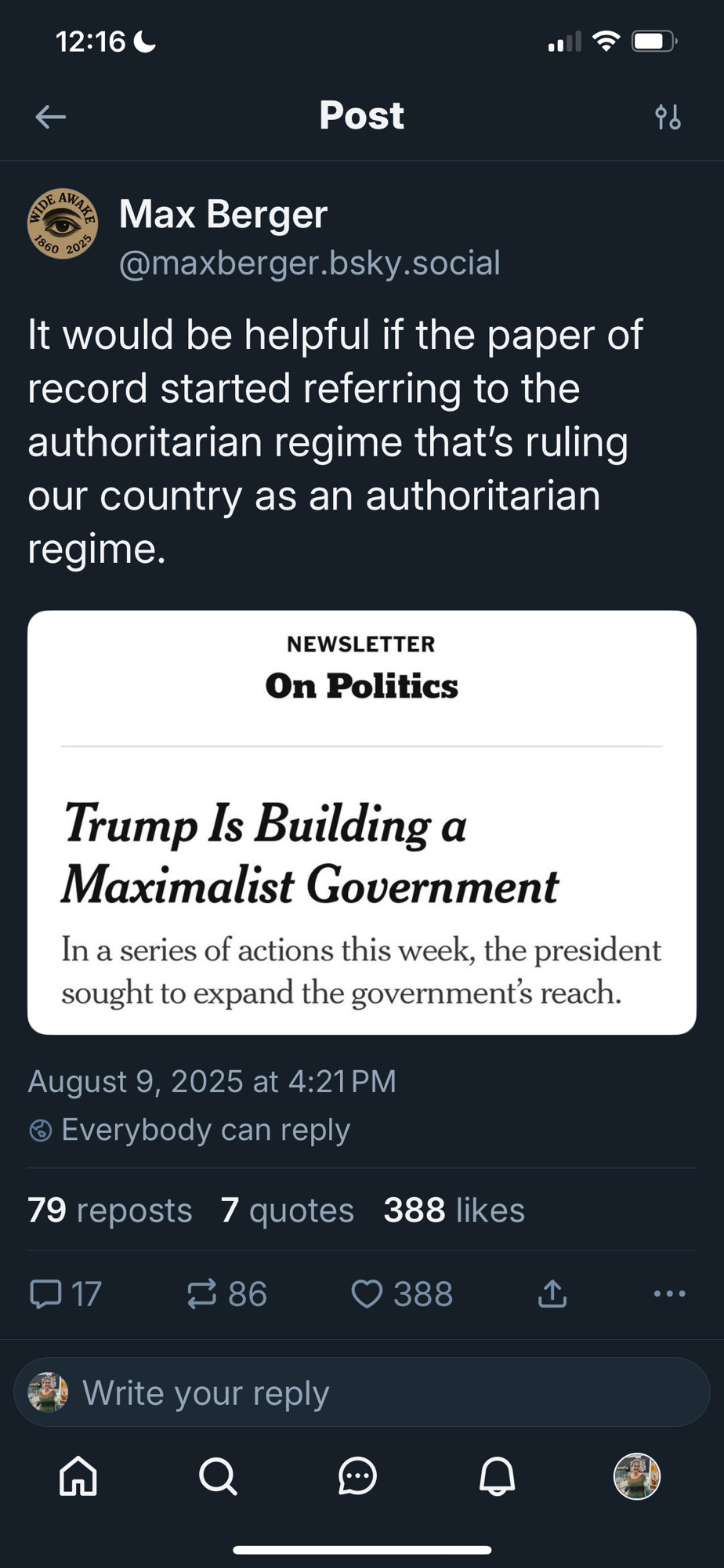
It’s like “Brown Shirts, but with a nice collar.”
Well, WSJ is owned by that calcified old fart Murdoch. I remember when it was unbelievable paper
I’ve had a hard time adjusting to this dysphoria. Is this sugar coating by pouring salt in the wounds of democracy?
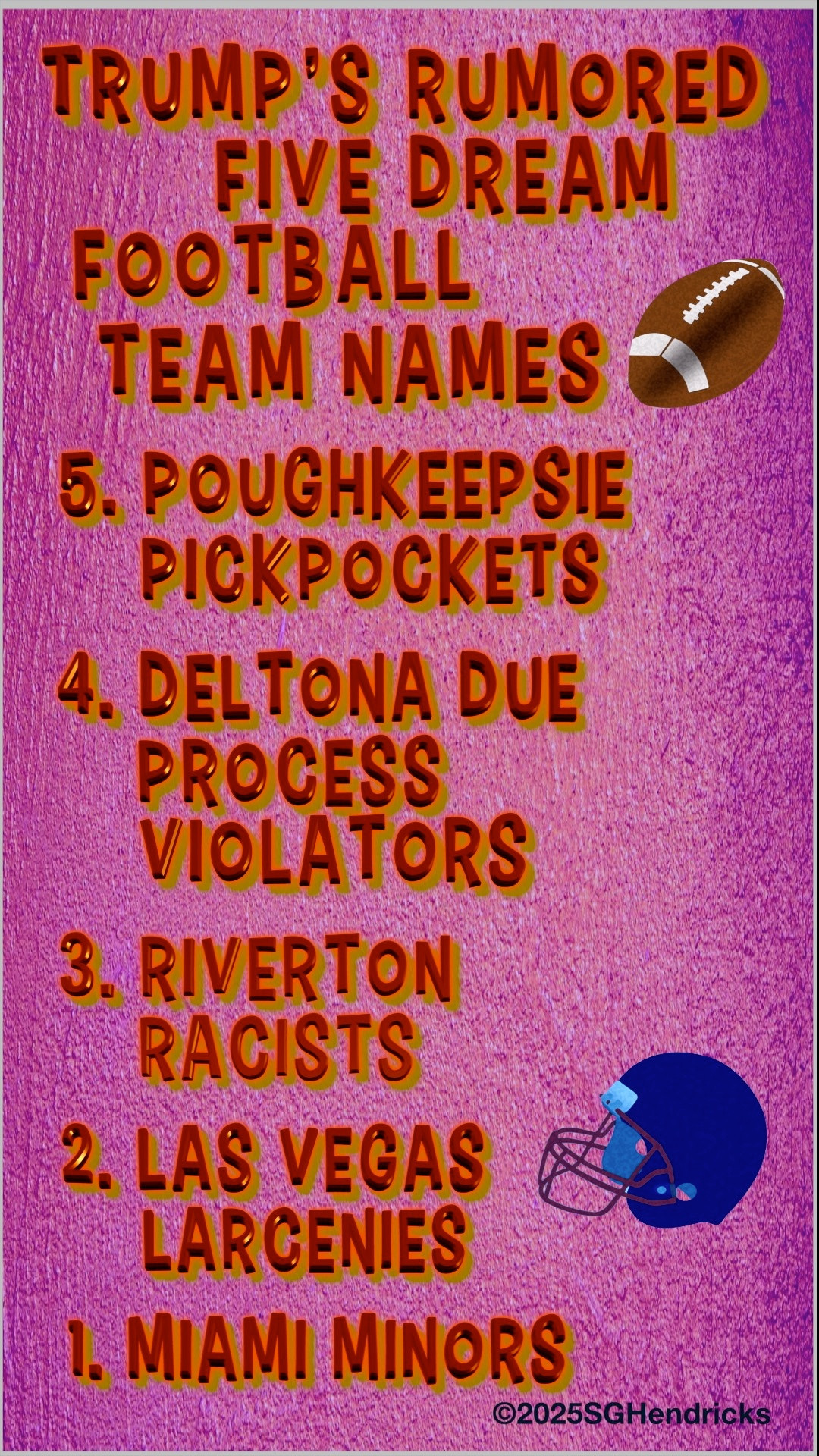
🤬🤬🤬🤬🤬🤬🤬🤬🤬🤬
More like complicit.
It's the WSJ opinion page after all...Rupert Murdoch is all for it
It could be clever satire
The banality of evil - Hannah Arendt
Stop ketching. You globalists are the ones wishing to build on and expand U.S. business with The PRC.
"always marching toward it but never there" is the new "what will trump say next" that sells their rag
Nothing but a rag.
They should have put quotes around it since it’s an obvious callout to Deng’s “socialism with Chinese characteristics.” (FYI for those who hadn’t heard of that.)
It's not "Chinese-style."
China has a plan for national betterment. TACO certainly doesn't care about that.
I wish people would wake up & stop calling the Chinese Political system - Communist. It is nothing more than a one party state that is very far away from communism as your capitalist system is.
we have passed Franco Fascism, exceeded Mussolini Fascism... we are at Full Blown NAZI Fascism: American Auschwitz is here, soon Daytona Dachau bsky.app/profile/ogre...
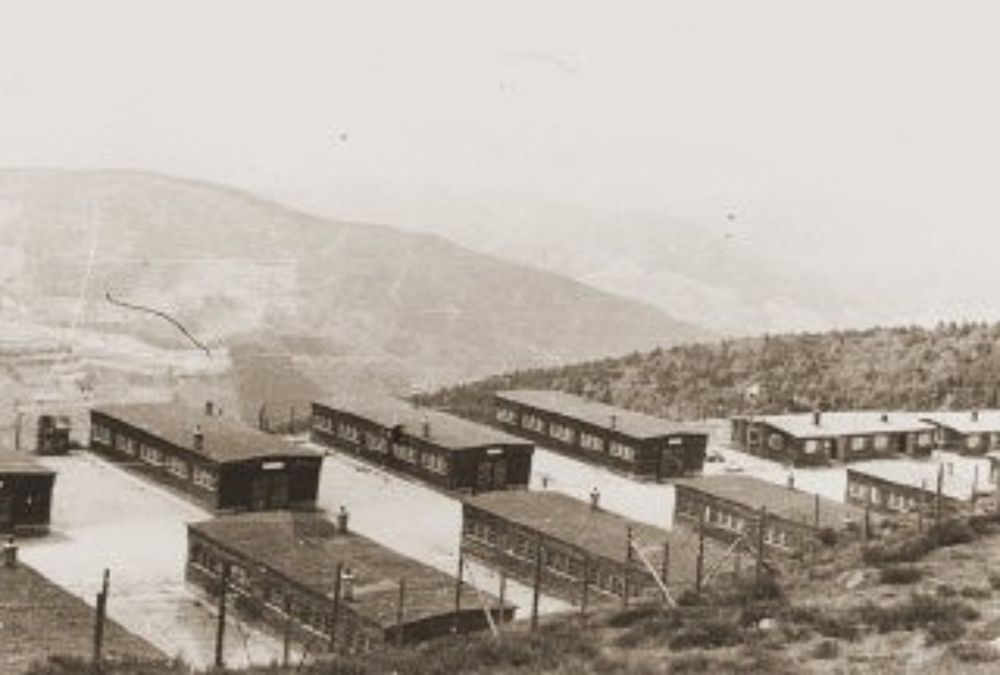
The "Nacht und Nebel" decree allowed German authorities to capture without trace ("by night and fog") and try individuals alleged to be "endangering German security."
Civil War. We are headed to a second civil war.
Conservative lipstick!
🤔
How this paper still has subscribers is beyond me
America abandons it's principles.
"imitating Communism" is the closest the WSJ can get to telling their readers something is bad
nah, this headline is savage understatement!!
did a Nebraskan write this with daggers up both sleeves?
“State capitalism” they will do anything but call a spade a spade.
State capitalism, LOL. Literal description of Fascism, indeed.
Those who are complicit in the rise of fascism will pay the ultimate price. Sooner or later. I hope they feel a lot of pain.
I agree! This is serious and all of the media needs to tell the truth!
Right wing media IS NOT our friend. Find independent media. There’s tons of excellent reporting out there now that they’ve been released from the constraints of their corporate overlords.
But so true.
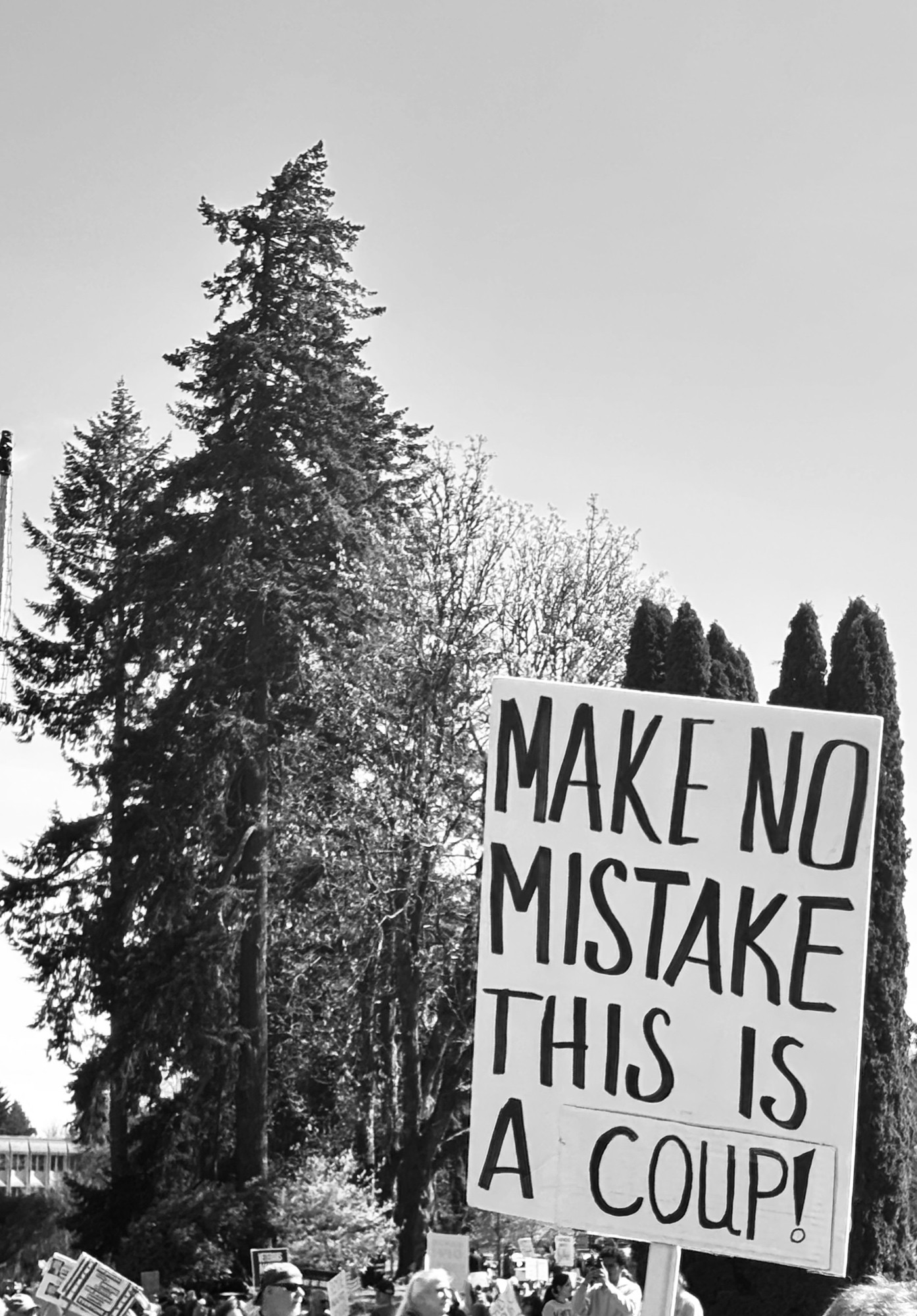
We should just call the GOP “Chi Comms.” Might be a phrase they understand.
The wall street fascist jackasses are only seven months late, since Biden shook the fascist's hand and idiotically handed him the federal government like a cowardly idiot and traitor loving moron.
We are getting a masterclass in identifying the people who really don’t meet the moment
There are way too many people who just read the headlines. You sure have no way to know thst we've been marched into a fascist government from that headline. Do your job 4th estate.
So the cowardice is back at the Wall Street Journal
Daddy Murdoch must had a chat
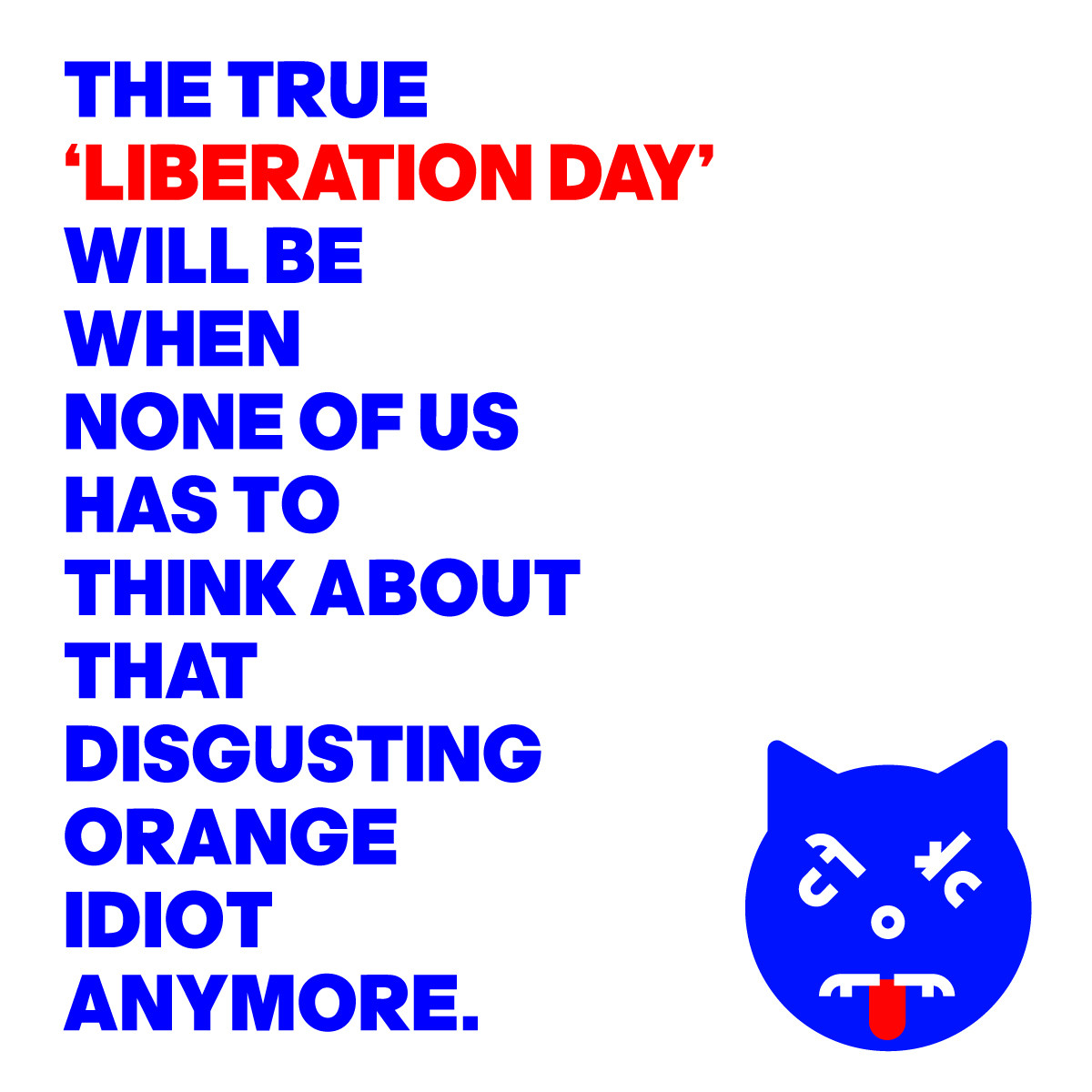
Good lord, WSJ. Call it what it is. Fascism, authoritarianism, dictatorship. The media being complicit in this is just unbelievable.
🙄😡😡😡😡
The just can't say it, can they? The WSJ tip toes it's readers into fascism becoming just another Vichy press collaborator.
Bad case of the Ips?
USA citizens don’t want to be like China or Russia or North Korea! We want our democracy period!
and yet somehow has more teeth than what NYT is reporting. WTF?!
Well,WSJ can't change with the times very well. They've improved some but, yes, long way to go.
F-!k.
Passive voice
Americans are so disgusting. Stop whitesplaining Asian. I can tell he is Chinese because his surname is Ip, and apparently he is trying to compare the existing China and the emerging US authoritarianism.
Perhaps he also believes China is already very close to fascism.
Bullshit word salad #MediaProtectsPedos #TrumpRapedChildren @washingtonpost.com
I dont expect any better from the worthless scribblers of the corporate controlled media (h/t to @jefftiedrich.bsky.social )
What does that headline even mean???
Just absolutely insane what is happening to our country our democracy
Looks like the WSJ has accepted to equate “American” with “Fascist”…
If any of them say the actual word it means they be forced to acknowledge their own complicity in its rise and course correct, which won't happen until the conversion project is too far along to make a difference, if ever.
The Chinese Communist Party is submissive to Xi. It's not communism at all. It's authoritarianism. But for Trump, he wants to be like Xi, with in a pinch of totalitarianism like Kim Jung Un.
How the F is bullying oligarchs into doing favors for the despot state capitalism? Capitalism is dead. No competition. We only have monopolies & oligarchs.
State capitalism would be joint venture of gov’t & private investment into an essential service, providing fair cost to people.
Um aren’t these guys private capitalists?
I thought in fascism that the business leaders were in on it.
This is something new. Even the biggest corporations, law firms and universities are getting rolled by Trump.
Nvidia has to pay Trump to export to China. Apple has to pay $600 billion on a harebrained plan to manufacture in America.
Don’t think the American ppl will except even worse poverty. Once they can’t buy their big Mac’s they’re going to revolt.
Fascism by any other name would smell as sweet
Banal doesn’t cover it
They dressed it as being uniquely American to make it more acceptable
Make no mistake
They all wanted a “free market”, then they saw that corruption and fascism would earn them more money. And the media and bankers agreed.
And might be a good way. The GOP have complained of govt oversight but they use the govt as a club. A total mixed message & contradicts. It’s okay to say of corruption or criminal behavior is all love in war. Until one is caught or sll morality becomes ridiculous & impossible to comprehend
Yes grok is in the bad place nevertheless it seems to have a firm grasp of the history of the militarization of law enforcement... last time.

After Adolf Hitler and the Nazi Party consolidated power in 1933, the militarization of law enforcement in Germany was a deliberate and systematic process aimed at centralizing control, suppressing dissent, and enforcing Nazi ideology. This transformation fundamentally altered the role of police forces, turning them into tools of state repression rather than protectors of public order. Below is a detailed description of how Hitler militarized law enforcement and how these forces handled protesters: Militarization of Law Enforcement Centralization of Police Power: Reich Interior Ministry Control: Upon taking power, Hitler appointed Hermann Göring as Prussian Minister of the Interior, giving him control over Prussia's police forces (which covered two-thirds of Germany). Göring purged non-Nazi elements from the police and replaced them with loyalists. Reichsführer-SS and Police Integration: By 1936, Heinrich Himmler, head of the SS (Schutzstaffel), was appointed Chief of German Police, unifying all police forces under Nazi control. This included the Order Police (Ordnungspolizei, or Orpo), responsible for regular policing, and the Security Police (Sicherheitspolizei, or Sipo), which included the Gestapo (secret police). Decree for the Protection of People and State (February 1933): Following the Reichstag Fire, this emergency decree suspended civil liberties, allowing police to arrest and detain individuals without trial, effectively legalizing repression. Militarization of Structure and Training: Paramilitary Elements: The police were reorganized along military lines, with increased emphasis on discipline, uniforms, and weaponry. The Order Police included heavily armed units like the Schutzpolizei (urban police) and Gendarmerie (rural police), trained for combat-like operations. SS and Police Synergy: The SS, originally Hitler’s personal guard, merged ideologically and operationally with the police. Police units were indoctrinated with Nazi ideology, prioritizing loyalty to Hitler over legal or ethical considerations. Auxiliary Forces: The Nazis created auxiliary police units, such as the Hilfspolizei, often staffed by SA (Sturmabteilung, or Brownshirts) members in the early years, to bolster street-level enforcement and intimidate opposition. Gestapo’s Role: The Gestapo, formed in 1933 under Göring and later Himmler, operated as a secret police force with near-unlimited power. It used surveillance, informants, and terror to suppress dissent, bypassing traditional legal constraints. Its militarized structure allowed rapid, coordinated action against perceived enemies. Handling of Protesters Suppression of Political Opposition: Immediate Crackdowns: After Hitler’s appointment as Chancellor in January 1933, the Nazis targeted political opponents, particularly communists, socialists, and trade unionists. Protests or public gatherings by these groups were met with swift and brutal force. Reichstag Fire and Emergency Powers: The Reichstag Fire (February 27, 1933) provided a pretext to ban the Communist Party and arrest its members en masse. Protesters were labeled as "enemies of the state" and faced immediate detention or violence. Night of the Long Knives (1934): While primarily targeting SA leadership, this purge also signaled to all dissenters that opposition, even from within Nazi ranks, would be crushed violently. Tactics Against Protesters: Preemptive Arrests: The Gestapo and regular police used extensive surveillance to identify and arrest protest organizers before demonstrations could occur. Informants infiltrated opposition groups to disrupt planning. Violent Repression: When protests occurred, police and auxiliary forces (like the SA) used batons, firearms, and mass arrests to disperse crowds. For example, early 1933 saw street clashes with communist and socialist demonstrators, often resulting in fatalities or imprisonment. Concentration Camps: Protesters and dissidents were frequently sent to early concentration camps like Dachau (established March 1933). These camps served as a deterrent, with many arrested during protests subjected to torture or execution. Legalized Terror: The "Protective Custody" laws allowed police to detain individuals indefinitely without charge. Protesters were often labeled as threats to public order and detained under this pretext. Public Intimidation and Propaganda: Show of Force: Militarized police and SS units were visibly deployed during public events to intimidate potential protesters. Parades and rallies were heavily policed to prevent disruptions. Propaganda: The Nazi regime portrayed protesters as traitors or "Bolshevik agitators" through state-controlled media, justifying harsh crackdowns and discouraging public sympathy for dissenters. Examples of Protest Suppression: Early 1933 Clashes: In cities like Berlin and Hamburg, communist-led protests against Nazi policies were met with police and SA violence. Hundreds were arrested, and many were killed or disappeared into camps. Trade Union Protests: On May 2, 1933, Nazi forces occupied trade union offices, arrested leaders, and banned independent unions. Any protests were crushed by police and SA units. Later Years: By 1935, open protests had largely ceased due to the regime’s total control. Sporadic resistance, like leaflet campaigns by groups such as the White Rose (1942–1943), was met with Gestapo investigations, arrests, and executions. Impact and Legacy The militarization of law enforcement under Hitler transformed the police into an arm of Nazi terror, prioritizing ideological conformity over public safety. Protesters faced a highly coordinated, militarized response designed to eradicate opposition and instill fear. By 1936, the integration of police, SS, and Gestapo created a seamless apparatus of repression, making organized protest nearly impossible. This system not only silenced dissent but also facilitated the Holocaust and other atrocities by normalizing state violence. If you need specific examples, details on particular events, or analysis of primary sources, let me know, and I can dig deeper or search for additional context!
If Trump is already suing you for billionaires why lick his balls?
yup, state capitalism IS fascism.
State capitalism sounds like a thing a communist government invents to justify slightly better Saturday farmers markets.
I think it's clever (assuming the writer knows what it really is). Call it fascism, and the readers of the WSJ opinion pages will yawn. Call it communism (even in this oblique it's-like-China way), and they'll pay attention.
The march won't stop until Americans stop it.
Republicans abandoning capitalism was missed by all of them.
The Chinese Communist Party is the party of State Capitalism?

Words matter…
…It’s a reference to “socialism with Chinese characteristics”
I was blown away by that articles title too. What bullshit
Agreed! And to the WSJ, the most important thing is that the people trust the USA is still capitalist; And in capitalism we trust
Because capitalists have for 100+yrs gaslit people to think authoritarians who falsely co-opted the working class label of 'communist' are not communist, not fascist
I like that the headline implicitly acknowledges..
China is at mininum state capitalist; but arguably fascist
capitalism perfectly marries w fascism
it's the what comes after Trump that is the question. He is not making it to 28. He looked like he was gonna fuckin die at the podium at the press conference. I got too excited for my own good.
As long as #israel are getting what they want
All is good for #nyt
Fascism with American characteristics.
Welcome to the Banana Republic of AmeriKKKa
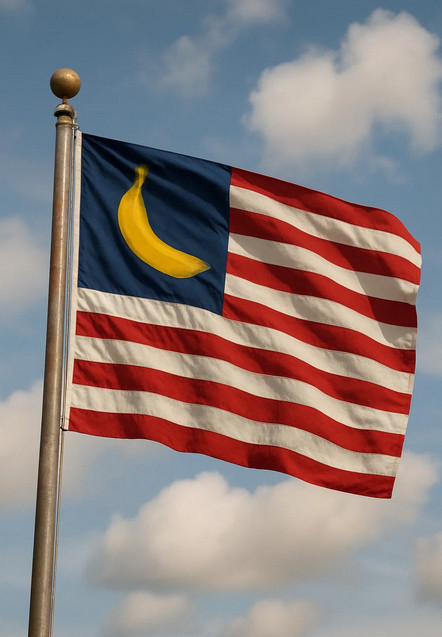
State capitalism? I am exhausted by the lack of courage and weakness of the MSM. Thank you for doing what you do! I’m proud to support you
Shocking and embarrassing.
Is it state capitalism when republicans do it but communism if anyone else does it? That’s what it seems like.
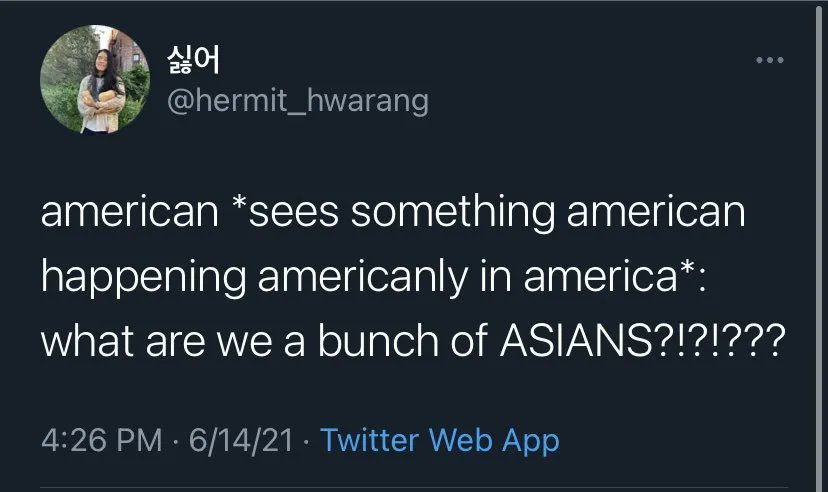
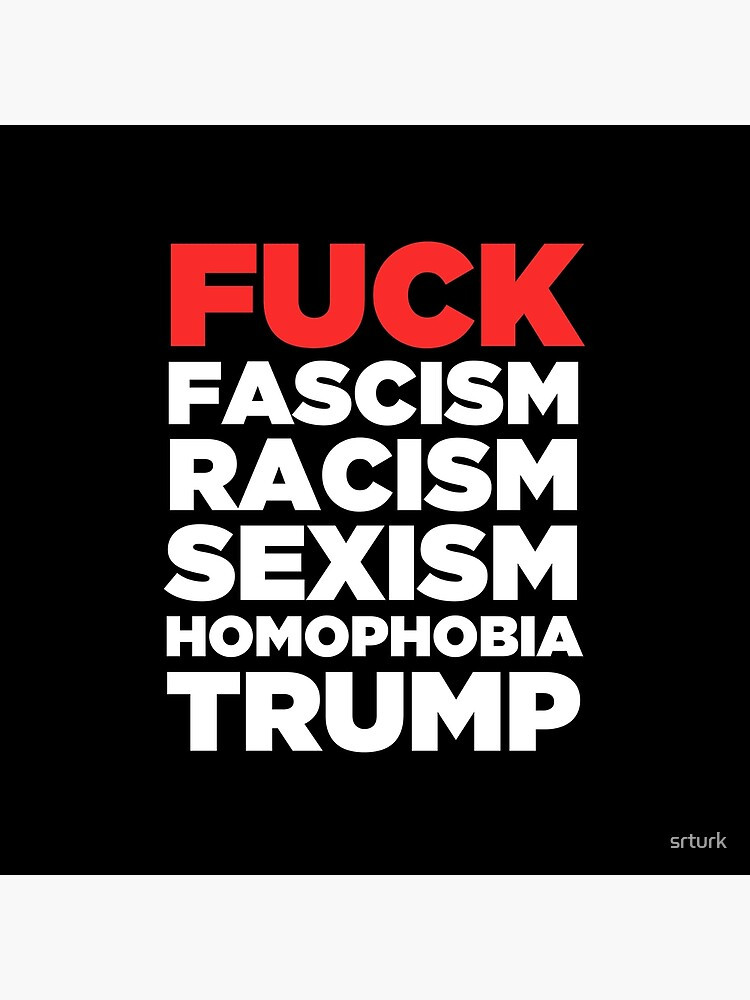
I truly think they asked ChatGPT to come up with this language.
Hitler Marched Toward State Capitalism With German Characteristics
The denial of what is happening is insane, especially with the media.
It used to be that journalism & news programs could affect change with their words.
Now, the media is either opinions or they don’t have the mettle to stand up and call things for what they are.
It’s beyond disappointing.
Not sure what else we could expect from that rag
This will all be easier if you'd just relax
As population sleepwalks 😴 into fascism
I do find it helpful when those who haven't the integrity to stand on the right side of history state it publicly, so I know whose existence to completely disregard in the future!
The WSJ, WaPo, and NYT are just detached observers of it all, like writing a movie review. Democracy Dies In Darkness, indeed
Media is part of the corporate first foundation of the U.S.
🎤 drop
are they bored or something?
Just one more example of the moral and intellectual bankruptcy and rot in the GOP. If a Dem was pursuing this, the WSJ would be in a fit of rage.
Obfuscation is another form of lying.
Media hiding Stark Truths favoring the oppressor harms the oppressed
Ah, fascism. AmeriKKKa's biggest export. One might say that those chickens have come home to roost.
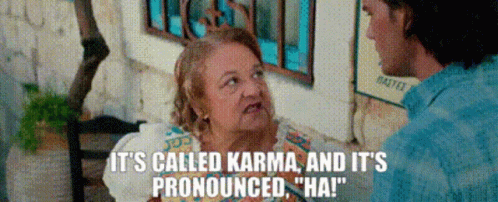
Put another way: Nazis take control of nations capitol.
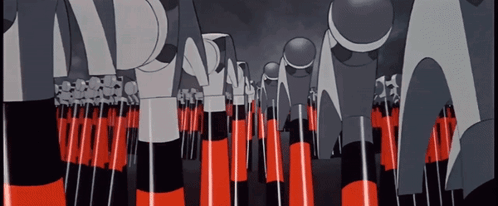
Wasn't it Mussolini who said "Fascism should more properly be called corporatism because it is the merger of state and corporate power.”? (disputed by Snopes: www.snopes.com/fact-check/f...)
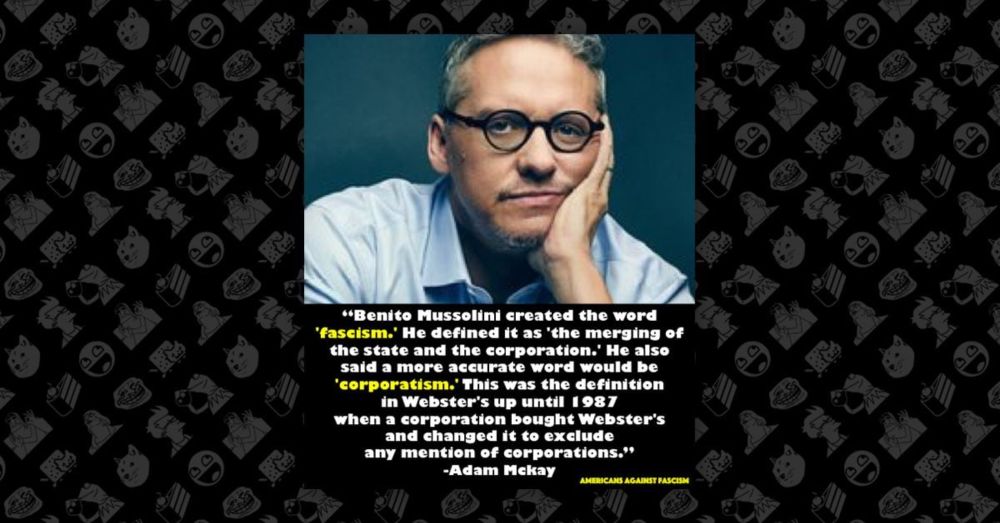
A popular meme repeated confused and inaccurate claims about the purported links between fascism and modern corporations.
I’ve had quite enough of the media today. If we ever get out of this hell they should all be fired for being complicit, and in fact aiding and abetting fascism.
The WSJ is trash shill garbage.
They are all a joke!!!
The Chinese have a much better system then the US.
Thank you the immigrant billionaire sociopath Rupert Murdoch.
Impotent is the word.
What a nonsensical headline!
State Capitalism is just another way of saying fascism. But they’d be in big trouble is they made the King mad…
This headline is working so fucking hard to make fascism sound free market and still folksy.
State capitalism?? It's an occupying army. Democracy is dead.
If republicans do it it’s “state capitalism”. If anyone else does it, it’s Socialism or Radical Lunatic Left Communism. Orwell is laughing out loud.
I think this is meant to be a play on the CCP’s “Socialism with Chinese Characteristics.”
Isn't it though?
WTAF? They should be shooting from the mountaintop. This isn’t journalism and we know it.
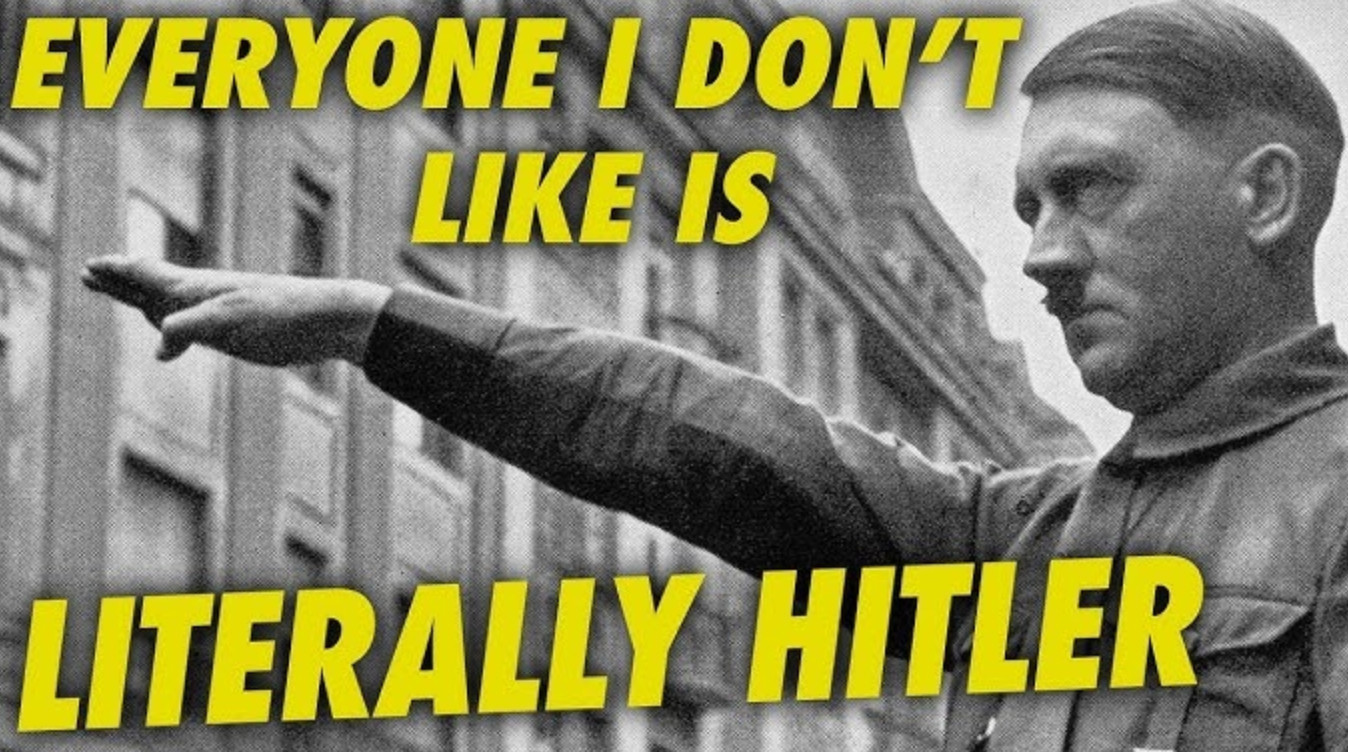
Even when they criticize they hedge and cover.
It'll never happen to everyone just watch...
Hey, it's WSJ. Can't expect anything real there.
WSJ is part of the problem.
Either this #GregIP has amnesia or, although born in 1964, he never learned in school what Fascism was (and) served with. There's a pattern with "journalists" from #WSJ to soft-land or buffoon-explain Trump's illegalities & unabashed dictatorial power grab w/ SCOTUS help.
The U.S. press is a heard of cowed, craven, hacks.
Well, it’s the WSJ, long a fascist paper.
Also seems insane to say that whatever trump is doing is like the CCP? For one, the CCP is effective.
Put "capitalism" in the sentence and the idiots will think it has to be good, because it isn't socialism!
MAGA bitching about communism and they voted it in. It'd be funny if it weren't so depressing.
Banal??? Dangerous.
Being compared to China would piss Trump off more than calling him a fascist, and I think that's all the WSJ is going for currently
So much for a free market supported by limited government.
Home of the brave has become home of: Is he, will he, can he, he did, but he can’t, well he did, well that can happen, but it is, oh no we have safe guards, but they being stepped on and crushed, but surely he won’t and yet again, he just did! seem THE BRACE these days .. watch from the side lines.
We are in this together.
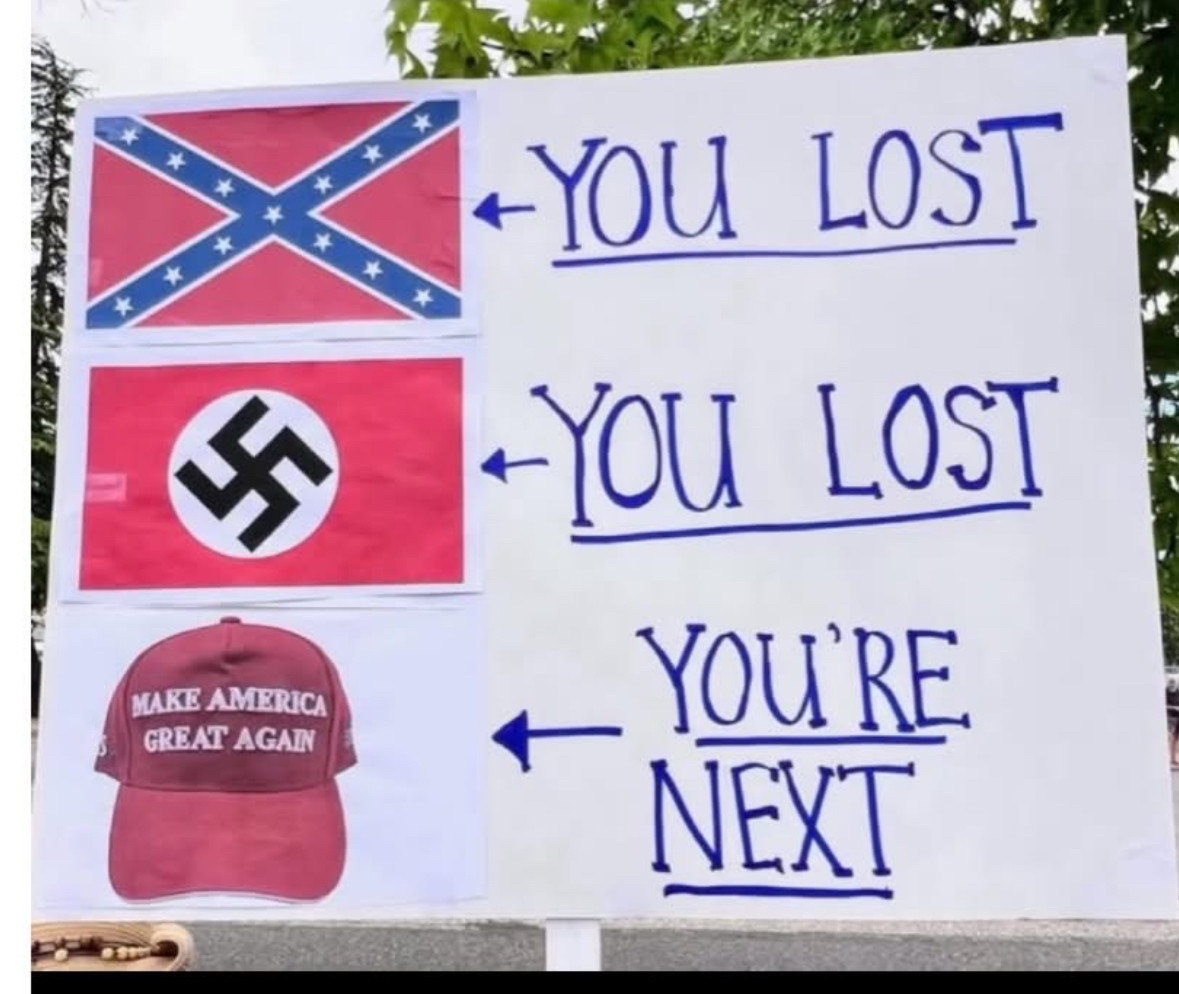
Rebranding
Media and journalists are complicit
They don’t want to cause the king to fret. He gets extra ugly when faced with news he is wearing no clothes (sorry for image)
And the Chinese economy is really not doing very well at the moment.
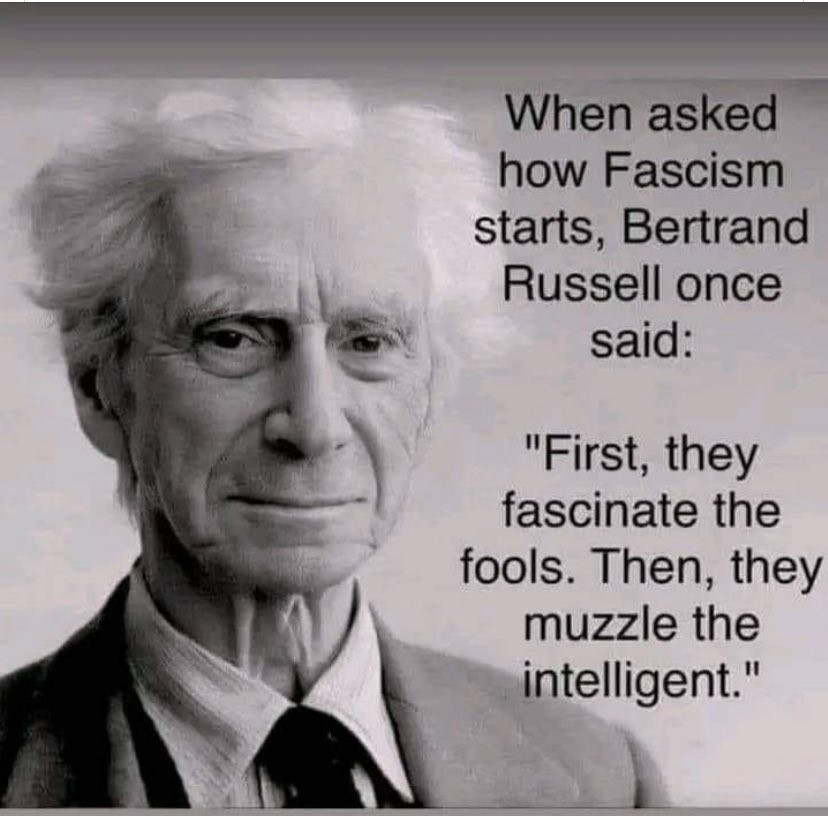
WSJ is too coward to do actual journalism.
Yeah let’s wrap it up so it’s more palatable but really still as evil. Keep speaking out the truth !
🙄It's pretty obvious they're comparing Trump's America to mainland China, an authoritarian country.
Hey @wsj.com
Fixed it

World War 2 was in vain with thousands killed. Now we have these fascists in our government!
Wow, that is an odd decision there to call it state capitalism in the big font and then squeeze in that it is like communism in the small font. It is like the truth is struggling there to get out. Maybe one day reality will make it to the headlines.
The “slippery slope” characterization thrown at Democrats seeking equity for all has basically become a fucking luge track. Because it’s him.
I wonder how many truckloads of cash that cost... or what threats?
#BesosIsComplicit
That is a word salad. Wtf does that even mean…
IS NOT EVEN COMMUNISM. IT IS VERY END STAGE CAPITALISM AND IT WILL DESTROY THE WORLD NOW.
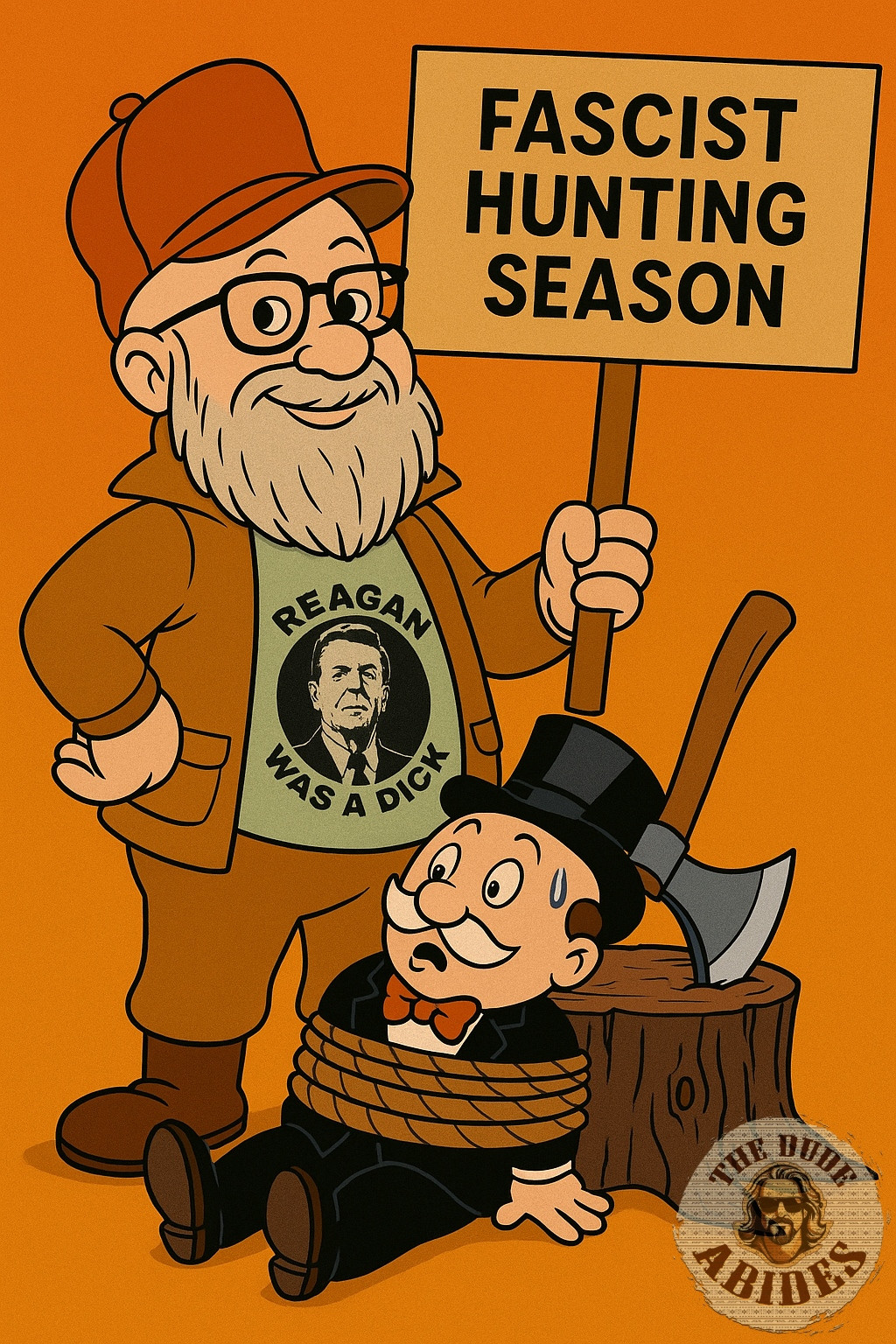
Trump's 25KKKarat fools gold is not Legal tender. #TrumpRapesChildren #TrumpRapesAmerica #TrumpRapesTheWorld #RuinTheRapist
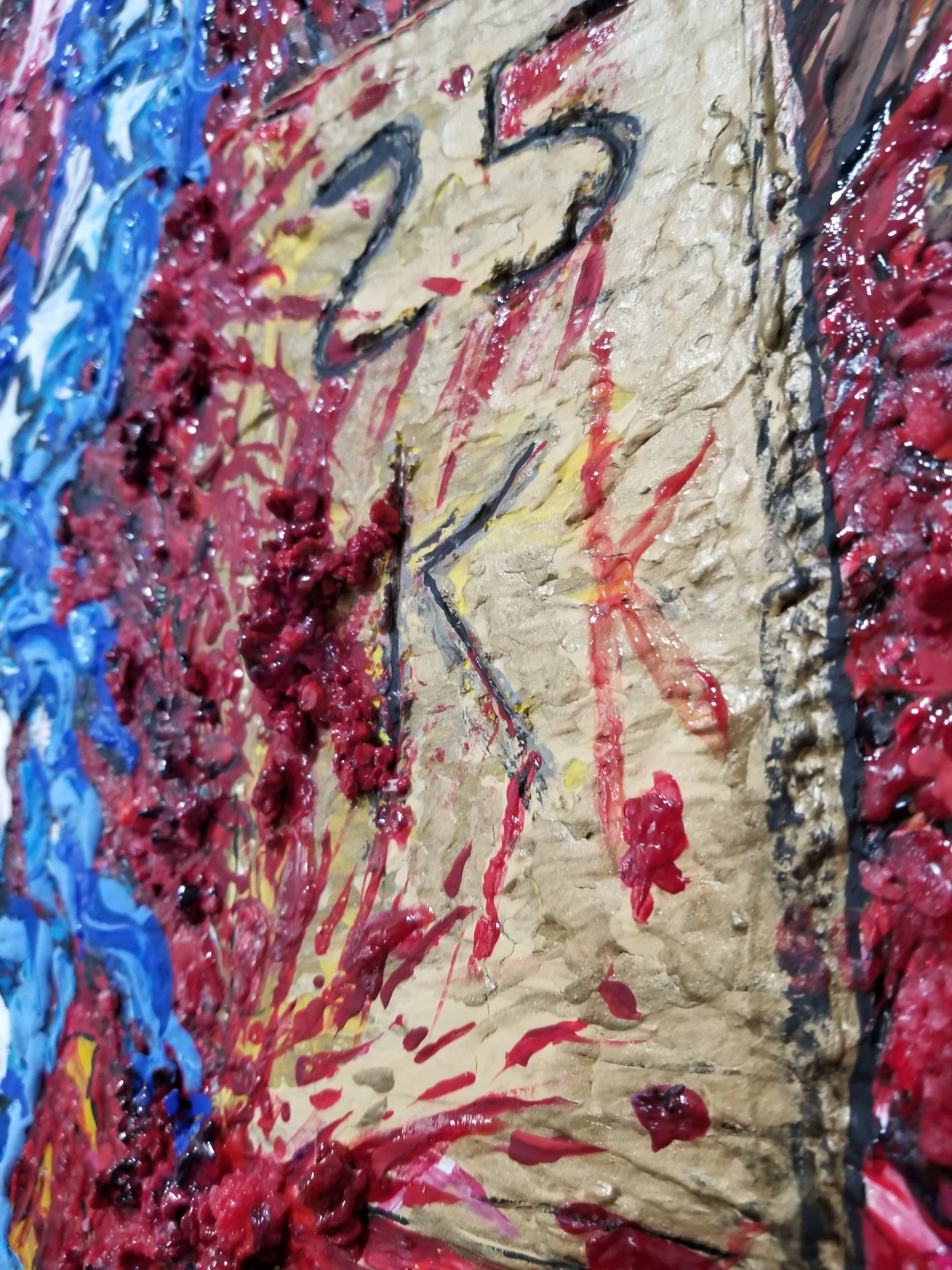
Democracy dies in euphemism. It’s fascism, full stop, but the agitprop media will never call it out for what it is.
Into THE economy
Yeah I agree.
Talk about mincing words. What a tedious job some editors must have these days.

capitalism without socialism is fascism
REIGN OF TERROR !!!
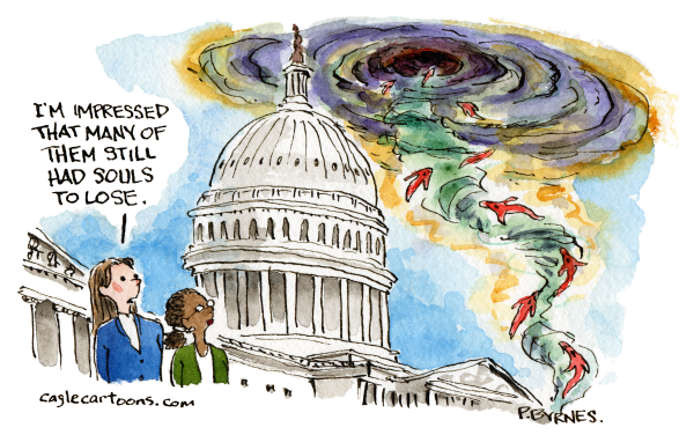
Banal indeed
That’s convoluted.
Too many Americans apparently like fascism so they need to frame it in a way those Americans would also hate
Doesn't it make him a commie?🙄
Love a good euphemism! Can't wait for the future when apologists are saying, "um, well ACTUALLY, the US is NOT a fascist state. It's state capitalism! So there!" Note, these would probably be the same people who previously would say, "The US isn't a democracy, actually, it's a Republic! Lolz!!!"
#HorrificallyScary #msm is part of the #coup
This is how China's lurch from pure communism to authoritarian capitalism was framed.
“State capitalism” 🤣🤣🤣🤣🤣 that’s a new one
Also, we can now finally talk about the fact that the Chinese system is a type of fascism, and not a type of socialism, and it's been like this for a while.

You might say banality of evil
That’s a headline that means absolutely nothing. Just words. Clumped together words.
from a Putinist newspaper, remember....
WSJ. Not surprising 🤷♂️
Well the tax savings felon Don has given the wealthy, he can now extort those savings from the wealthy!
"State Capitolism" sure sounds like the nice way of saying "merger of state and corporate power".
Greg Ip. The poster boy for white male entitlement
What me worry?
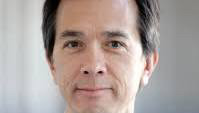
#WSJ needs a footnote and drawings on napkins to explain “State Capitalism”
WSJ is a Facist mouthpiece. Trump wants to resurrect mercantilism which will not happen. If anything the economy will implode among ICE driven labor shortages,tariff driven inflation and a lack of business investment due to uncertainty. MAGA baby!!
Isn’t this what his voters wanted?
I would call it socialist/communist cronyistic capitalism. But if you know exactly what it is with that characteristic, I guess it can be defined as such.
It’s like so close but so far
Terribly sad